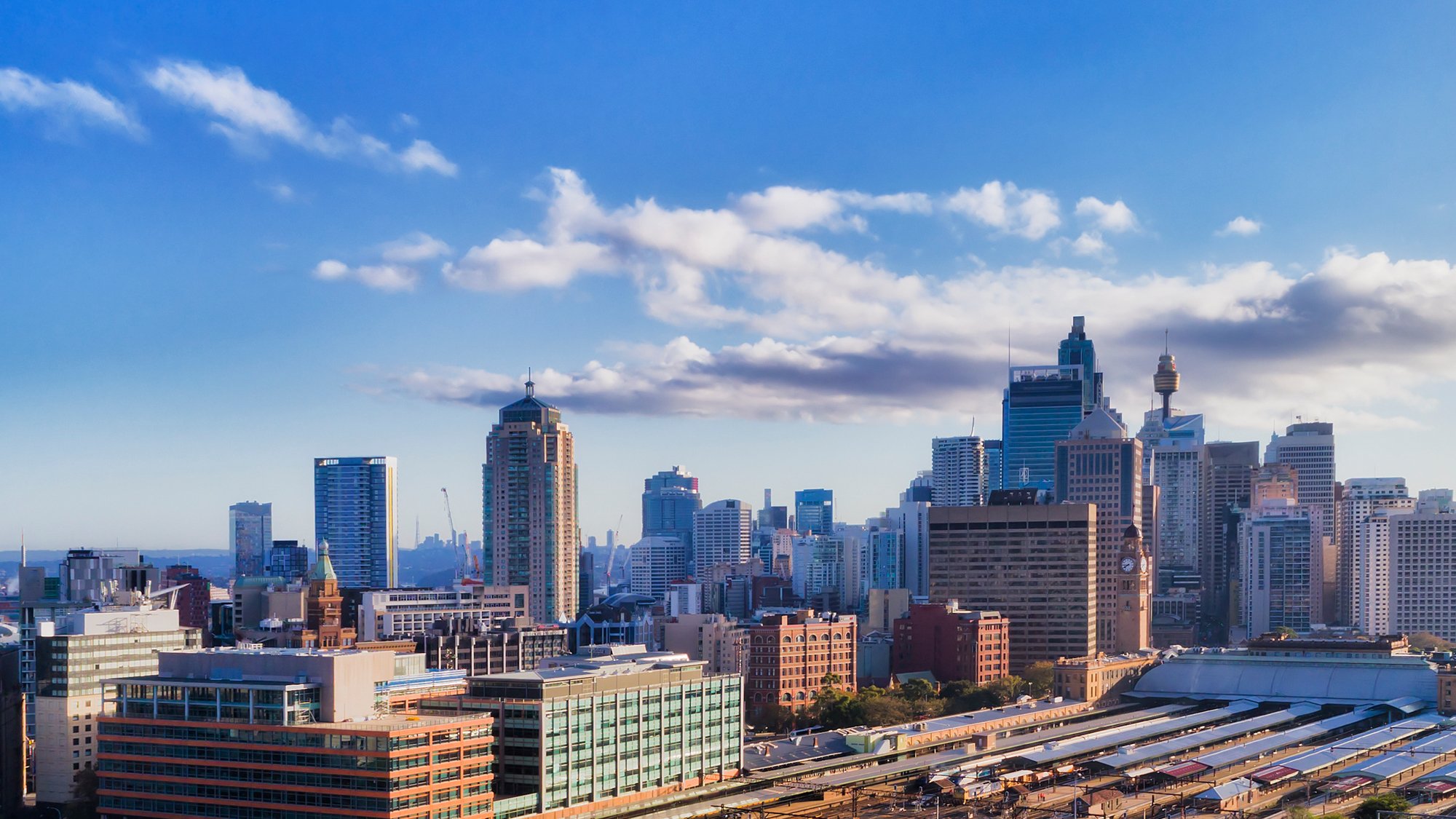The future of our cities has become a hot topic. This isn’t surprising when you consider that the majority of the world’s population now lives in cities and within a generation as many as 70% of all people will be urban dwellers. In Australia, more than 70% of people already live in the state capital cities. So, cities matter to more and more people – as does making sure they work well and justly for them.
In acknowledging the importance of our cities, in celebrating what they offer, we must always remember the challenges of urban living and indeed the fact that more and more people are finding it difficult to realise for themselves the full promise of the city in which they live.
The unaffordability of many cities, the long commutes many people incur to get from far-flung homes to well-paid jobs or the dangers many experience at night in certain districts – these have become every day concerns for millions of city-dwellers. Modern cities promote excitement but can also be anxiety inducing, with the economic dynamic of cities and the pace of their growth increasingly raising questions about liveability and inclusion. Do our cities work for all? Can they?
Whatever the policy answers might be, almost more important is the civic dialogue which identifies a city’s key challenges now - and for future generations - and the opportunities to come up with those answers.

Cities are not easy things to run and we need answers wherever we can get them. And while I accept that some answers are bound to come from top-down technocratic sources and others from bottom-up community ones, I think the best cities are the ones which provide optimum opportunity for top-down and bottom-up to come together in a civic dialogue and problem sharing framework which leads to effective and legitimate urban solutions and delivery.
Good city governance matters immensely, and it separates the great cities from the rest. Good urban governance enables communities across a metropolis to share an understanding of the key dynamics and trends shaping their city and to help shape and then sanction relevant interventions.
At a basic level, it also helps provide a shared identity and civic focus to the diverse inhabitants of a modern city: we may differ in terms of origin and cultural background, age or even language, but this is our city and its future is collectively decided by us. The language may not be shared but the dialogue is, as are the institutions of metropolitan government.
This is no academic matter though I have spent many years analysing it academically.
I experienced personally how London benefited from the return of a metropolitan authority after decades of there being no London-wide governance. Professionally I worked for the Blair Government as an adviser on legislation to give even more powers to the London Mayor, then Ken Livingston.
Yes, the benefits were partly through having a better link between metropolitan problems and metropolitan solutions – such as the way London introduced the congestion charge and dramatically improved its public transport network and performance. But they were also partly about creating a better civic dialogue to help Londoners talk about their problems, to share solutions but also, crucially, to help them feel more involved in London and its response to major city-shaping trends. People did feel involved and engaged even if not all the solutions worked.
‘We’re in this city together’ – that’s the feeling that good metro governance and community engagement at a strategic level can engender.
It was because I’d experienced this that when I ran the business-led, civic advocacy group, the Committee for Sydney (from 2011 to 2017) we advocated for Sydney to develop if possible, some institutions of metropolitan coordination and governance. The intent was that these institutions would also seek to involve Sydneysiders in co-planning their city as a whole, beyond whatever local government boundary they inhabited.
In 2015 the first such metropolitan coordination body was created for an Australian city: the Greater Sydney Commission with a mission to promote strategic urban coordination across government and a deeper dialogue about the city’s future with Sydneysiders. The revolution is under way.
Where next? There is potential for further progress. Perhaps the GSC could evolve towards greater democratic accountability with the ultimate goal of an elected GSC for metro Sydney – like London. Another positive change could be around digital technologies and enabling people of all ages, backgrounds, genders or jobs, to engage speedily and efficiently online in shaping policy and solutions to the city – or even just sharing a big conversation about what matters to them.
Internationally, we are seeing some radical experiments using technology to redesign government and engagement – and we need to see more of this quickly in Australia. Where we’re lacking traditional style metropolitan governance we could usefully do with some virtual governance initiatives of this kind. I once wrote a report about this subtitled: ‘towards a more data-driven and responsive city’. Its main title sums up what I think the best cities are about and what we need to embrace if we are to solve our urban challenges. We are the City.
 ;
;
